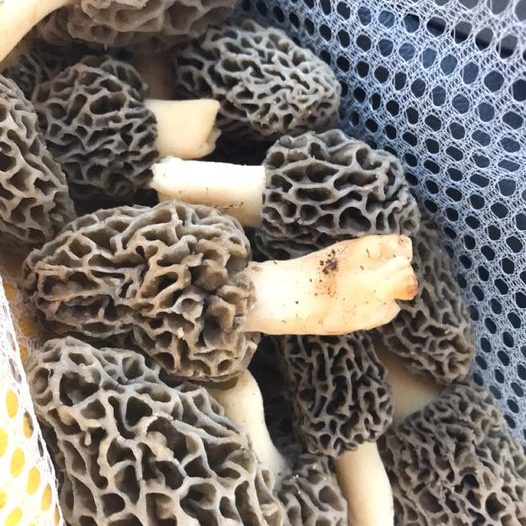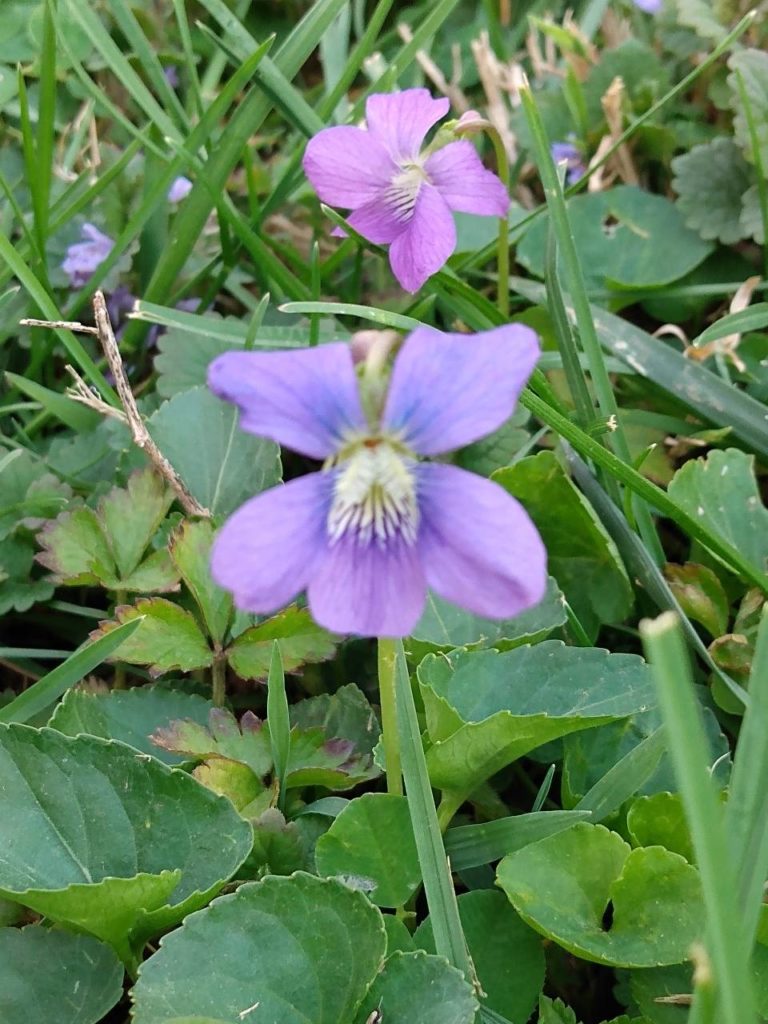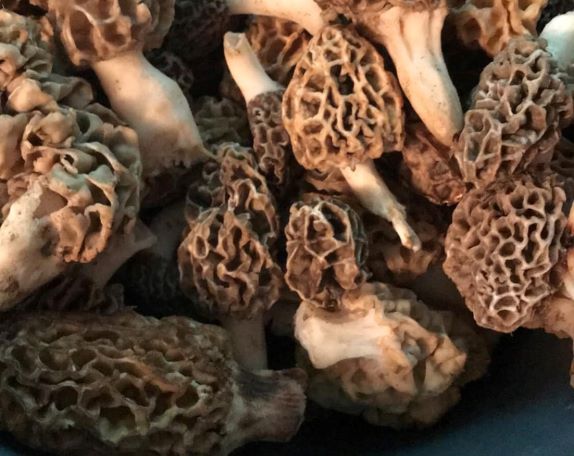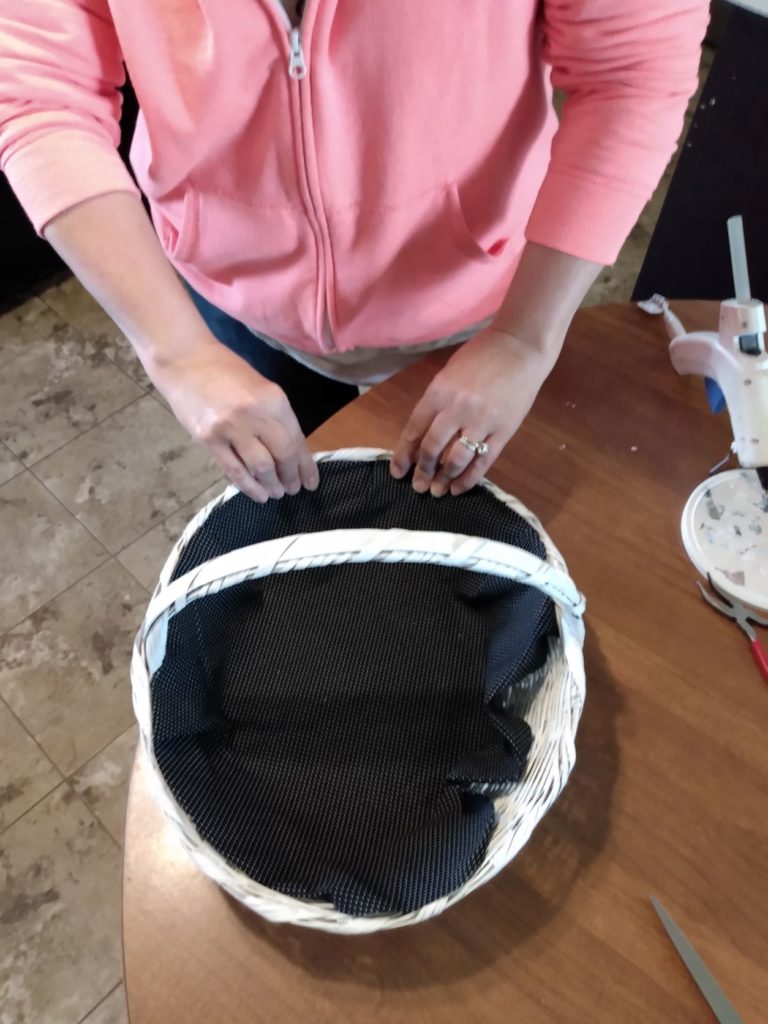Foraging For Wild Foods: A Skill Worth Learning
Historical Prospective
Learning herb lore was one of the skills that was essential to the early dwellers of the Appalachian Mountains and foothills. The plants provided food, medicine, and building materials. When the white immigrants flooded the lands, unrest did understandably occur.
The Native Americans had called the hills home long before the Scots-Irish settlers found their way across Cumberland Gap. Yet, they taught the colonizers survival skills and how to live off the land. As the cultures blended, the Appalachian way of life emerged.
Foraging For Early Spring Wild Greens and Mushrooms:
Flat-farmable land was scarce in the mountains and hills. The land was rocky and could be very hard to work. Tillable land was a prized resource. People were also at the mercy of the elements. A poor growing season could bring food shortages. Any food that they could add to their diet was welcomed. The mountain people had learned to forage the hills for edible plants as the native inhabitants had before them. Especially in the spring.
After a long winter with no fresh foods, and months to face before gardens started producing vegetables, people turned to foraging. The plants provided much-needed vitamins and minerals. Some of the plants had both edible parts and poisonous parts. Other had deadly look-alikes. Being educated on what was and wasn’t edible was as essential then, as it is now, for anyone that forages for wild food.
List of Some Commonly Foraged Spring Foods:
- plantain leaves
- dandelion leaves
- wild onions
- violet leaves
- wild mustard leaves
- watercress
- henbit
- ramps
- dead nettle
- chickweed
- sheep sorrel, and wood sorrel
- poke
- Dry Land Fish
Keeping The Tradition Alive
As many others from the region, I hold the blood of both Europeans and Native Americans. The traditions taught those many years ago are still a vibrant part of everyday life.
Many folk in the mountains and foothills still forage for food. Some wild foods have remained more popular than others. Blackberries, raspberries, poke sallet, and dry land fish rank high on the list of favorites. Recent world events have rekindled an interest in the skill of foraging for food. It is a skill well worth learning. Here are a few of my favorites to “hunt” for when the weather starts to warm.
Dry Land Fish


Dry Land Fish is a common name for the Morchella, or true Morel, Mushroom. In other regions, they are known as Molly Moochers or Hickory Chickens. In Kentucky, the rains of late April and early May bring about a mushroom hunting craze. These mushrooms grow in wooded areas across the Midwest into the East Coast. They are one of the easier mushrooms to identify but educate yourself on what they look like.
I had heard of people getting sick from eating dry land fish, and could never figure out why. I only learned this year that there is a toxic mushroom that looks similar to the morel. To me, the false morel looks like it has already half-rotted, and honestly, if I had seen this in the woods, I would not have harvested it. If you plan to hunt for morels, or any wild mushroom, consult a field guide with color photos.
Violet Leaves and Poke Sallet
The violet and the poke plants both have parts that can be eaten, but care needs to be taken as both plants contain toxins.
Violet:
The bright color of a patch of violets is always a welcome change after the bareness of a long winter. I like to use leaves from the purple violet dried and added to tea. I also use them to make an infusion for my homemade soaps.


Violet leaves and flowers can be eaten raw or cooked, and are very high in vitamin C. The flowers can be used to make jelly and flavored vinegar. Never eat the rhizomes (root) of the violet plant because they are poisonous.
Yellow violets do not make a good food source as they tend to act as a laxative. I would advise waiting until the plant blooms before gathering to avoid accidentally getting the yellow variety, or a poisonous look-alike plant. The only plant that I know of that mimics the violet in appearance is the Ficaria verna . It is an invasive plant from Europe and Asia. The flower of this plant looks nothing like that of the violet, but the leaves have the same heart shape.
Poke Salad (or Poke Sallet)
The poke plant is regarded as a nuisance weed by most. Once established it is very hard to get rid of. As children my siblings and I would use the bright burgundy berry juice as plant for rocks. We also tended to get into poke berry fights and would return home spotted from head to toe in berry stains. As much as we loved using the berries to get ourselves in trouble, we knew that the berries were poisonous. We also know that the leaves themselves were not to be eaten raw.
As a child, I thought it was called “poke sallet” because we used paper bags (or paper pokes) to gather it in. The word “Poke” is derived from a native word meaning blood, because pokeberry juice is blood red.
The word “Sallet” is a form of the word salad used in early English (in the 14th and 15th centuries) and referred to cooked greens.
Poke Sallet should never be eaten raw: It is poisonous and can be deadly. Poke Sallet should be picked when it is young, and before it is taller than knee-high, and has to be prepared carefully to remove toxins.
To prepare:
- Pick enough leaves to fill a good-sized paper bag (or plastic shopping bag).
- Wash the leaves, then cut them into pieces. Add to boiling water.
- Cook at full boil for at least three minutes. Drain the water. Rinse under cold water. Repeat this process at least three times. (Some folks repeat this another two times). Mom always went with three “boilings”.
- In a medium bowl beat together three eggs, 1/4 salt, and a dash of milk. Set aside.
- In a large iron skillet: heat about two tablespoons of oil or bacon grease. Add the cooked poke sallet. When the poke sallett is hot, stir in the eggs. Stir often until the eggs are cooked through. Remove from heat. Add crumbled bacon bits. Serve with hot cornbread and soup beans.
Spring into Action
Getting out into the wild to find plants is one of my favorite things to do. Whether I am taking photos, gathering plants for food, or using them in my soap, getting outdoors always takes me to a happy place. Herb lore, or wilding, is a skill that I would encourage everyone to learn. So “spring” into action, buy an edible plant guide, and get outdoors. Happy hunting. Let me know how your adventure goes.
If you have enjoyed this post, please subscribe and share.
Thank you for stopping by,
Vikki
Resources:
- For further information on preparing poke sallet visit the web site Wild Abundance.
- Appalachian History :This site has interesting articles related to mountain culture.
Acknowledgements:
Photography: Photos of Dry Land Fish: by Michelle Feltner








One Comment